في صناعة الأدوية، تُعدّ جودة الأقراص أمرًا بالغ الأهمية لضمان سلامة المرضى وفعالية العلاج. المشاكل الشائعة التي تُواجه أثناء إنتاج الأجهزة اللوحية - مثل عدم تناسق الوزن، وضعف الصلابة، وتكلس السطح - لا يؤثر سلبًا على جودة المنتج فحسب، بل يزيد أيضًا من تكاليف الإنتاج ويؤدي إلى الهدر. لذلك، من الضروري تحديد هذه التحديات وحلها بسرعة. ستتناول هذه المقالة بالتفصيل المشاكل الشائعة التي تواجه إنتاج الأقراص وحلولها، مقدمةً رؤىً لمساعدتك على تحسين عملية التصنيع وتحسين جودة المنتج.
قد يؤدي عدم تساوي وزن الأقراص إلى أخطاء في الجرعات، وهو أمر غير مقبول في صناعة الأدوية، إذ يجب أن تبقى المكونات الفعالة في كل قرص متجانسة. قد يؤثر عدم تساوي وزن الأقراص على فعالية الدواء، بل قد يُشكل مخاطر على السلامة. من الأسباب الشائعة لعدم تساوي الوزن: عدم خلط المواد الخام بشكل كافٍ، وعدم استقرار قوة الضغط، وعدم انتظام تغذية المواد، والسرعة المفرطة للبرج، وتآكل القالب.
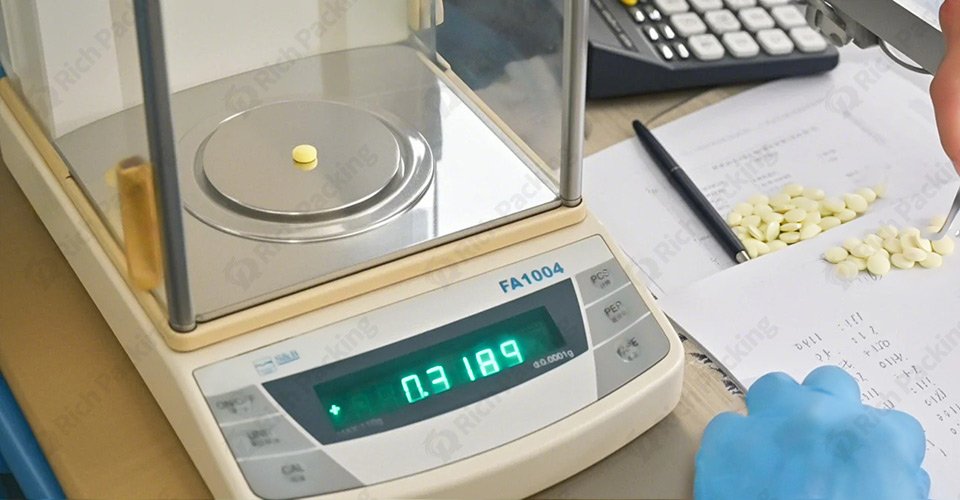
2. الهشاشة والتقشر
أثناء الإنتاج والنقل، تكون الأقراص عرضة للكسر أو التقشر، مما يؤثر ليس فقط على مظهرها، بل قد يجعلها أيضًا غير فعالة أو غير قابلة للبيع. غالبًا ما ينتج التقشر عن ضغط غير كافٍ أثناء الضغط أو عن عدم كفاية محتوى المادة اللاصقة في التركيبة. من ناحية أخرى، قد يحدث التقشر بسبب الضغط المفرط، مما يؤدي إلى ضعف الترابط بين طبقات القرص.

يشير الالتصاق إلى التصاق الأقراص بالثقب، مما يؤدي إلى أسطح غير مستوية أو انبعاجات، بينما تشمل مشاكل السطح الشقوق وعدم الانتظام. عادةً ما تنجم هذه المشاكل عن ارتفاع نسبة الرطوبة في المواد الخام، أو سوء تصميم القوالب، أو عدم كفاية صيانة المعدات.
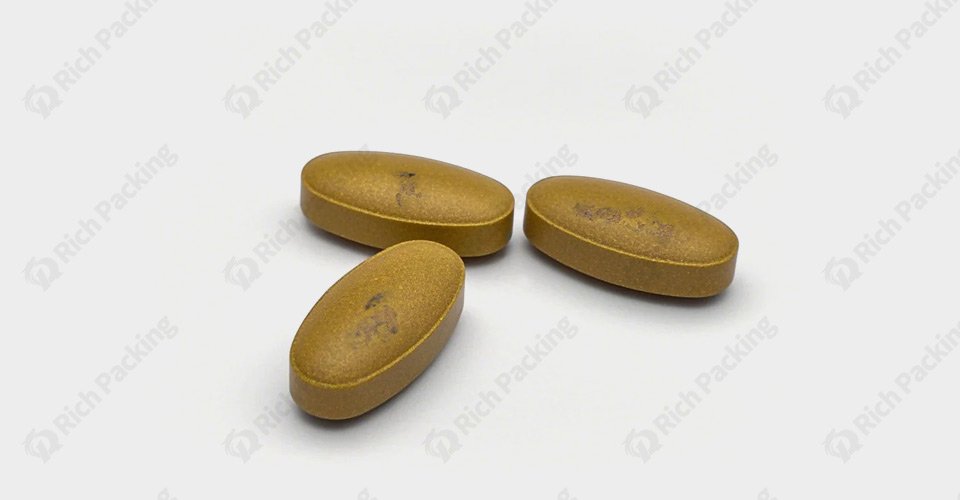
تؤثر صلابة الأقراص بشكل مباشر على تفككها ومعدلات انطلاقها داخل الجسم. إذا كانت الصلابة عالية جدًا، فقد لا تتفكك الأقراص في الوقت المحدد، مما يُضعف فاعليتها. وعلى العكس، إذا كانت الصلابة منخفضة جدًا، فمن المرجح أن تنكسر الأقراص أثناء الإنتاج أو التعبئة. غالبًا ما ترتبط مشاكل الصلابة بضبط قوة الضغط بشكل غير صحيح أو تركيبة غير متوازنة.

يُعدّ معدل ذوبان الأقراص وزمن تفككها مؤشرين أساسيين على فعاليتها. فإذا ذاب القرص بسرعة كبيرة، فقد يؤدي ذلك إلى امتصاص سريع للدواء في الجسم، مما يزيد من خطر الآثار الجانبية. وعلى العكس، إذا ذاب ببطء شديد، فقد لا يُطلق الدواء في الوقت المناسب، مما يؤثر على فعاليته العلاجية. ويمكن أن تُسهم الاختلافات في نسب تركيبات الدواء، وعملية ضغط الأقراص، وإعدادات المعدات، في حدوث اختلالات في زمن الذوبان والتفكك.

الأسباب الجذرية للمشاكل
جودة المواد الخام هي العامل الرئيسي المؤثر على ضغط الأقراص وتكوينها. قد تؤدي المواد الخام رديئة الجودة أو المساحيق المخلوطة بشكل سيئ إلى توزيع غير متساوٍ للمكونات داخل الأقراص، مما يؤثر على وزنها وصلابتها وزمن تفككها. لتجنب ذلك، من الضروري التأكد من أن المواد الخام مطابقة للمعايير المعمول بها، وأنها مخلوطة جيدًا أثناء عملية التحضير. عادةً، وحسب خصائص المواد الخام، تُستخدم إما آلة تحبيب جافة أو آلة تحبيب رطبة لمعالجة المواد، مما يعزز قابلية ضغط الأقراص ومرونتها.
تلعب عوامل مثل الضغط والسرعة ومعدل التغذية وتصميم قالب مكبس الأقراص دورًا هامًا في مظهر وجودة الأقراص. قد تؤدي قوة الضغط غير الكافية إلى هشاشة الأقراص، بينما قد يؤدي الضغط الزائد إلى صلابة مفرطة للأقراص أو انفصالها عن بعضها. كما أن سرعة ضغط الأقراص العالية جدًا أو البطيئة جدًا قد تؤثر أيضًا على جودتها.
الصيانة المناسبة والمعايرة المنتظمة للمعدات مثل آلة ضغط الأقراص تُعد مكابس الأقراص الدوائية وغيرها من مكابس الأقراص بالغة الأهمية. فالمعدات التي لا تخضع للصيانة لفترات طويلة تكون عرضة للتآكل وانحرافات المعايرة، مما يؤدي إلى مشاكل مختلفة في إنتاج الأقراص. وعلى وجه الخصوص، قد تتآكل القوالب والثقوب في مكبس الأقراص مع الاستخدام المطول، مما يؤدي إلى انخفاض جودة الضغط.
تؤثر درجة الحرارة والرطوبة في بيئة الإنتاج بشكل كبير على جودة الأقراص. فالرطوبة العالية قد تتسبب في امتصاص المواد الخام للرطوبة، مما يزيد من احتمالية الالتصاق ومشاكل السطح؛ كما تؤثر درجات الحرارة العالية على تكوين الأقراص واستقرارها. لذلك، يُعد الحفاظ على بيئة إنتاج مناسبة أمرًا بالغ الأهمية لضمان جودة الأقراص.
لمعالجة مشاكل إنتاج الأقراص، من الضروري البدء بالتركيبة. يُعدّ الاستخدام السليم للمواد الرابطة ومواد التشحيم، إلى جانب ضمان خلط المواد الخام بشكل متجانس، أمرًا بالغ الأهمية لتجنب المشاكل المتعلقة بتفاوت الوزن وعيوب السطح. بالإضافة إلى ذلك، يمكن تصميم التركيبات لتلبية متطلبات المنتج المحددة، مما يسمح بتعديل درجة الصلابة وزمن التفكك لتحقيق النتائج المرجوة.
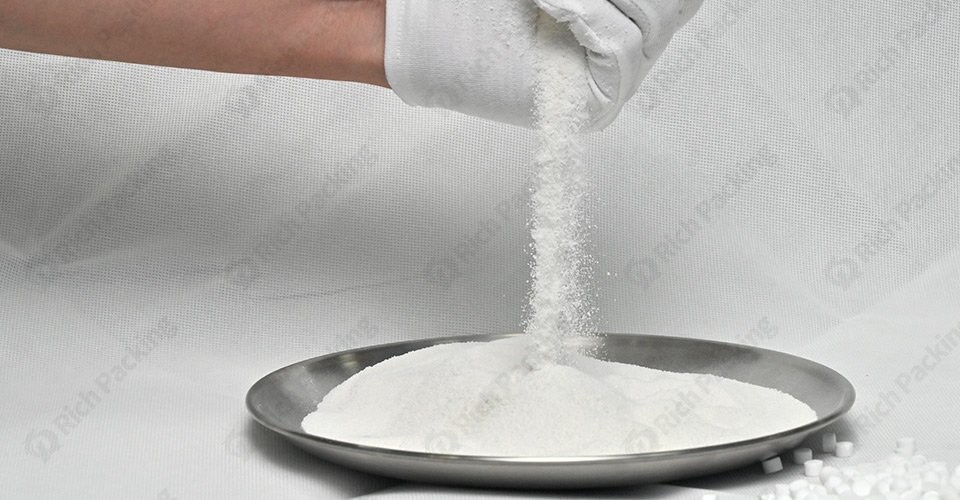
إن ضبط قوة ضغط وسرعة مكبس الأقراص بشكل معقول يُقلل من حدوث المشاكل بفعالية. راقب المعلمات بانتظام أثناء عملية الضغط لضمان ثبات الضغط على كل قرص. علاوة على ذلك، اختر القوالب المناسبة بناءً على متطلبات المنتج المحددة لضمان مطابقة مظهر الأقراص وصلابتها للمعايير.
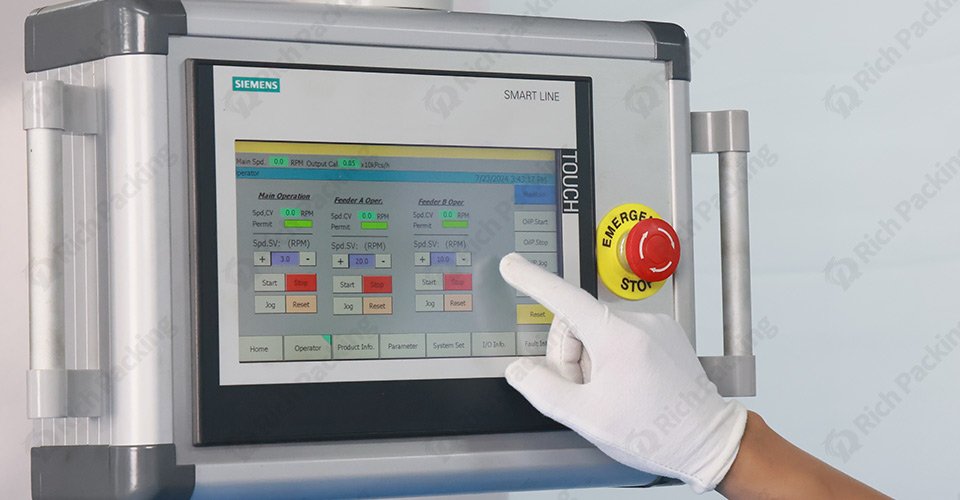
إن الفحص والصيانة الدورية للمعدات، وخاصةً القوالب واللكمات في مكبس الأقراص، يمكن أن يمنع بفعالية مشاكل الإنتاج الناتجة عن أعطال المعدات. ولتحقيق هذه الغاية، لا تقتصر الصيانة على التنظيف المنتظم فحسب، بل تشمل أيضًا المعايرة الدورية لضمان دقة المعدات واستقرارها.
تؤثر درجة حرارة ورطوبة بيئة إنتاج الأقراص بشكل مباشر على جودة المنتج. لذلك، يُسهم تركيب أنظمة التحكم في درجة الحرارة والرطوبة في منطقة الإنتاج في الحفاظ على استقرار البيئة، مما يُقلل بشكل فعال من مشاكل الأقراص. بالإضافة إلى ذلك، يجب مراقبة التغيرات البيئية أثناء التخزين والنقل لتجنب مشاكل الجودة الناجمة عن الظروف الخارجية.
تُعدّ عمليات فحص الجودة الدورية أثناء إنتاج الأقراص من الإجراءات الأساسية لتجنب المشاكل. يتيح استخدام تقنيات الاختبار الحديثة مراقبة وزن الأقراص وصلابتها وجودة سطحها بشكل آني، مما يُمكّن من اكتشاف المشاكل ومعالجتها في الوقت المناسب.
يؤثر مستوى مهارة المشغلين بشكل مباشر على تشغيل المعدات وجودة إنتاج الأقراص. لذلك، يُعدّ التدريب المنتظم للمشغلين ضروريًا لضمان إتقانهم لتقنيات التشغيل ومهارات استكشاف الأخطاء وإصلاحها اللازمة لتحديد المشكلات وحلها بسرعة أثناء الإنتاج.
ولمعالجة القضايا المذكورة أعلاه في إنتاج الأجهزة اللوحية، مكبس أقراص عالي السرعة RD-HGZP-40 يُنصح باستخدامه. صُممت هذه الآلة للإنتاج واسع النطاق، وتتميز بقدرات تشكيل أقراص فعالة ودقيقة، بسعة تصل إلى 260,000 قرص في الساعة، مع الحفاظ على ثبات الوزن والصلابة أثناء التشغيل عالي السرعة. تصميمها المتطور للقالب ونظام التحكم الدقيق في الضغط يُقلل بفعالية من مشاكل مثل عدم تساوي الوزن، والهشاشة، والالتصاق. علاوة على ذلك، تتميز هذه الآلة بسهولة صيانتها، وهي مُجهزة بنظام مراقبة ذكي يُمكّن من رصد مختلف المعايير آنيًا، مما يضمن جودة كل قرص. كما تتميز بمراقبة ضغط القالب ونظام رفض تلقائي لتقليل أخطاء التشغيل اليدوي وتعزيز كفاءة الإنتاج.

من خلال استخدام مكبس الأقراص عالي السرعة هذا، يمكنك تحسين كفاءة الإنتاج بشكل فعال مع ضمان جودة الأقراص واتساقها، وتلبية المتطلبات الصارمة للسوق العالمية للأدوية عالية الجودة.
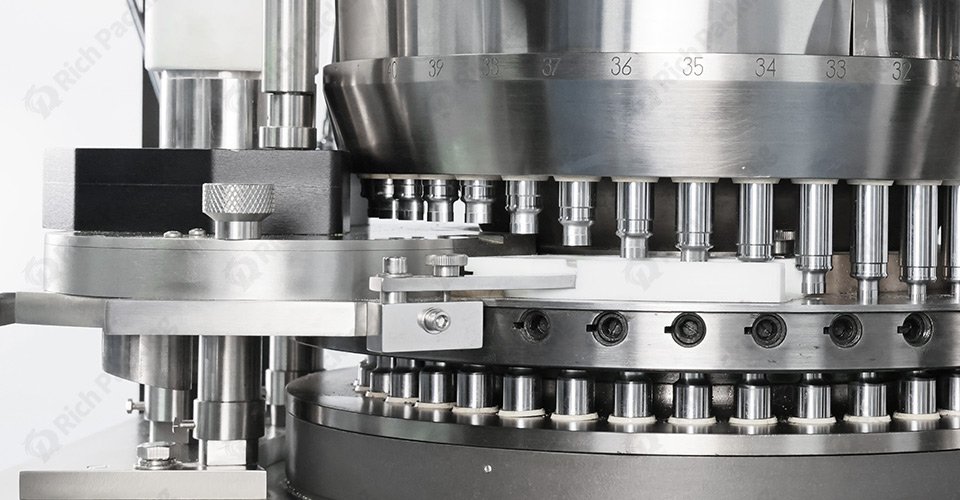
على الرغم من تعقيد وتنوع المشكلات الشائعة في إنتاج الأقراص، إلا أنه يمكن الحد منها بفعالية من خلال تحسين التركيبات، وضبط معايير الإنتاج، وتحسين صيانة المعدات، والتحكم في بيئة الإنتاج. وفي الوقت نفسه، اختيار الحلول المتقدمة مكبس أقراص صيدلانية يمكن للمعدات، مثل مكبس الأقراص عالي السرعة RD-HGZP-40، أن تعمل على تعزيز جودة وكفاءة إنتاج الأقراص بشكل كبير، مما يضمن بقاء منتجاتك قادرة على المنافسة في السوق.